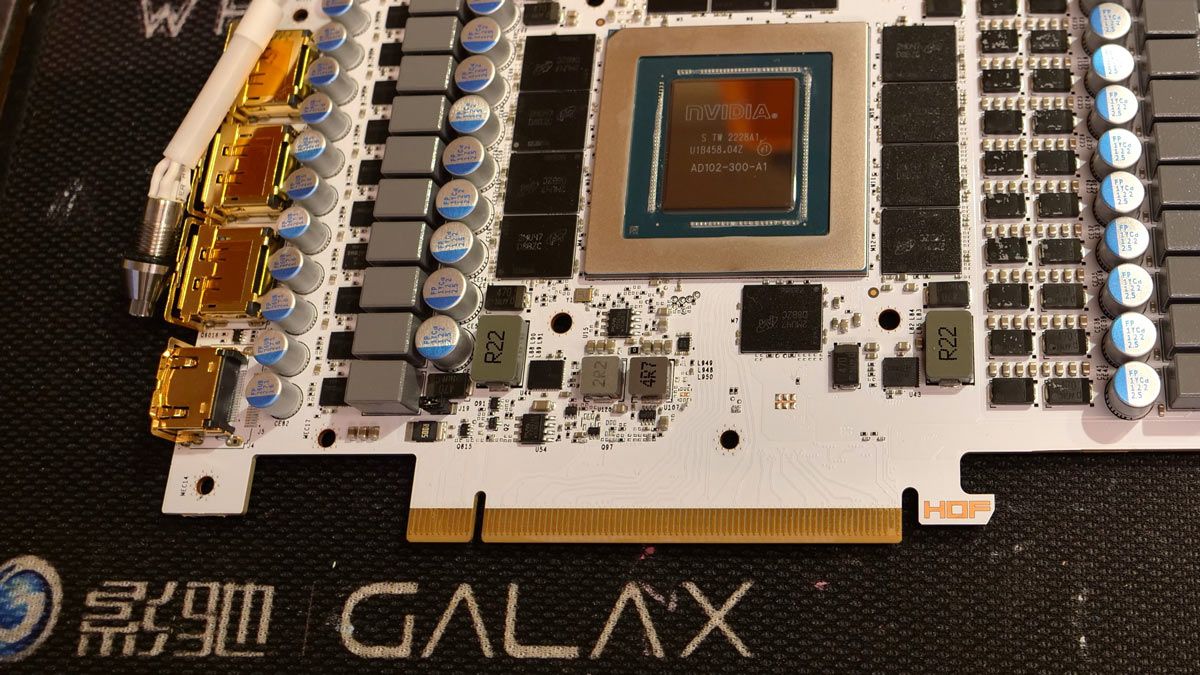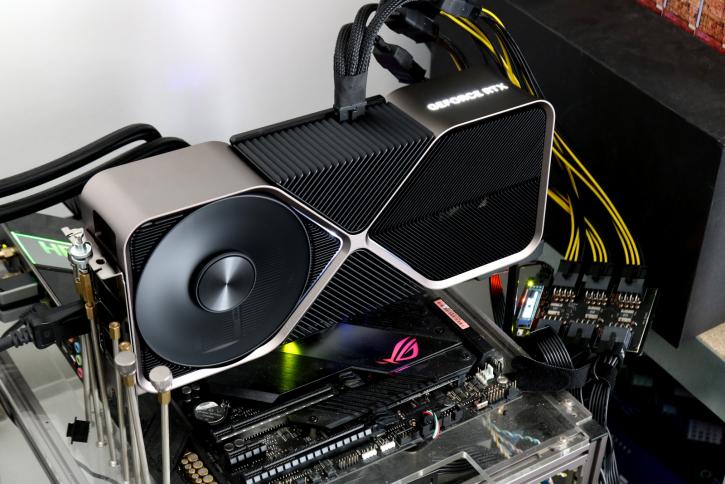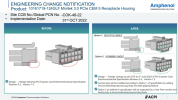digitalwanderer
Legend
Does changing the power limit control the coil whine? Honestly curious, and congrats on the card.Microbenchmarks of RTX 4090 at Chips and Cheese: Microbenchmarking Nvidia’s RTX 4090. The tests suggest Nvidia's most significant changes with the Ada architecture can be found in the memory infrastructure to enable Ada to scale up beyond Ampere notwithstanding the lack of appreciable increases in VRAM bandwidth.
On another note, I picked up my 4090 FE today. It's built like a brick (in a good way) and I had to remove the side panel from my Lian Li O-11 Dynamic to accommodate the Nvidia adapter. I'm eagerly awaiting CableMod's 180 Degree adapter. I haven't had much time to play with the card other than to do a quick run of Cyberpunk at Max (Psycho) settings. It's very quiet though I did notice a bit of coil whine when the GPU clocks over 2700mhz or so. At a cursory glance, changing the power limit from 133% to 100% to 80% didn't affect performance very much at all (but did lower power by 100w from min to max). I'm currently running a 1440p 165hz monitor.... could be I'm hitting a CPU bottleneck on my 5900x and/or relatively slow system memory (DDR4 3200 16-18-18-36).






